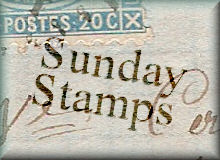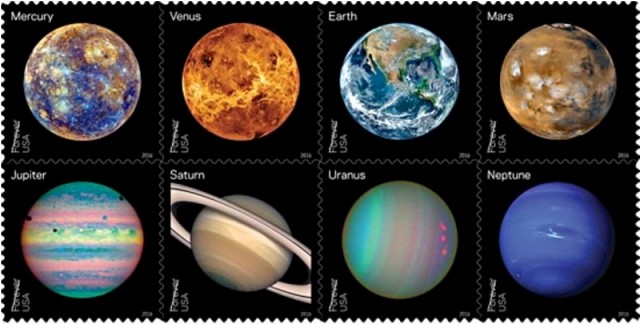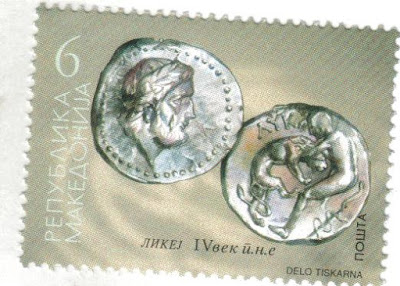Anyways...this set of antique coins was issued on March 1st, 2002 - consisting of four stamps and one souvenir sheet.
the first stamp, with the lowest face value of 6 denars, shows a coin with Lycceios, who was an ancient Paeonian king who lived in IV century B.C
He was a son or a close relative of the Paeonian king Agis. He was forced to acknowledge the supremacy of the Macedonian king Philip II of Macedon (358 BC), and then seized the opportunity and joined the anti-Macedonian coalition led by Athens, in which also p Thracian king Ketripor and the Illyrian king Grabos took part. He is famous for having developed the monetary production and for the coins' production under the reduced Phoenician standard, later known as Paionian.
next is the 12 denars stamp, showing Alexander III of Macedon....or better known as Alexander the Great...one of the greatest rulers of all time
the third stamp in the set has a face value of 24 denars, and here Lichnidos is portrayed, which is not a person, but it used to be an ancient city, originally named as Lichnidos, while later it became known as what is nowadays known as Ohrid...some of you may have heard about it...those who haven't...it is the most popular tourist destination in summer here (and way toooooo crowded), and also our only UNESCO whs.
However, in May/October, it is one of the loveliest places to visit, when it is calm, peaceful, yet sunny and beautiful and one can enjoy his time without all those noisy tourists around....plus the weather ain't that hot either..
the last stamp in the set shows Philip II of Macedon, Alexander's father...and also Philip III's father...he ruled the kingdom from 359 BC until his assassination in 336 BC.
and finally comes the souvenir sheet, where you can simply see all the above coins at one place...it's a pity the face value is just useless for regular letter or postcard...
hope you liked the stamps for today...for more different choices visit Viridian's blog!














